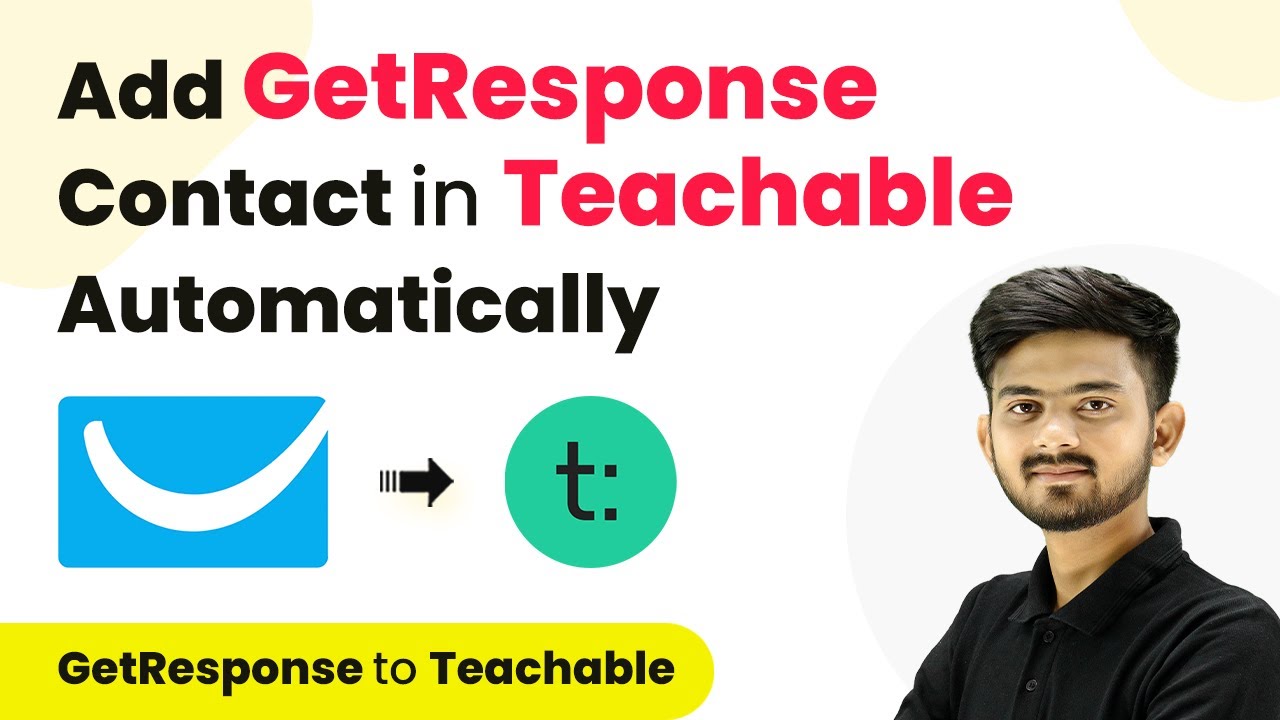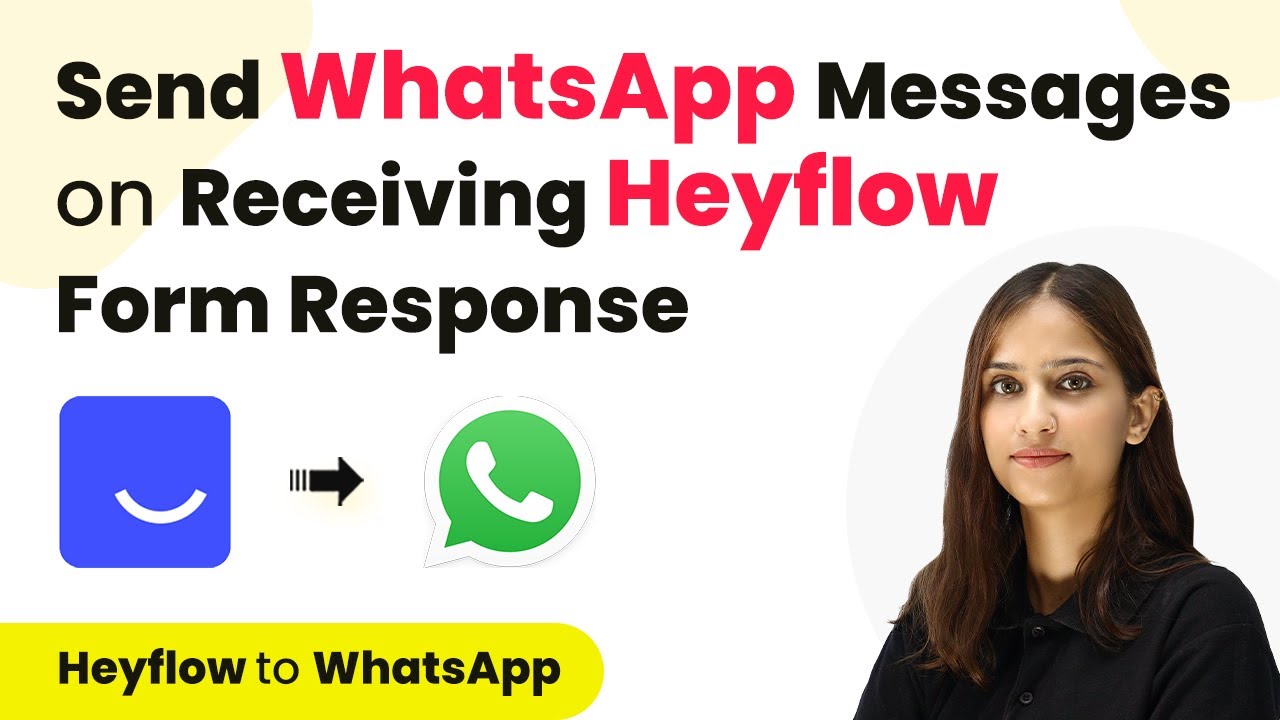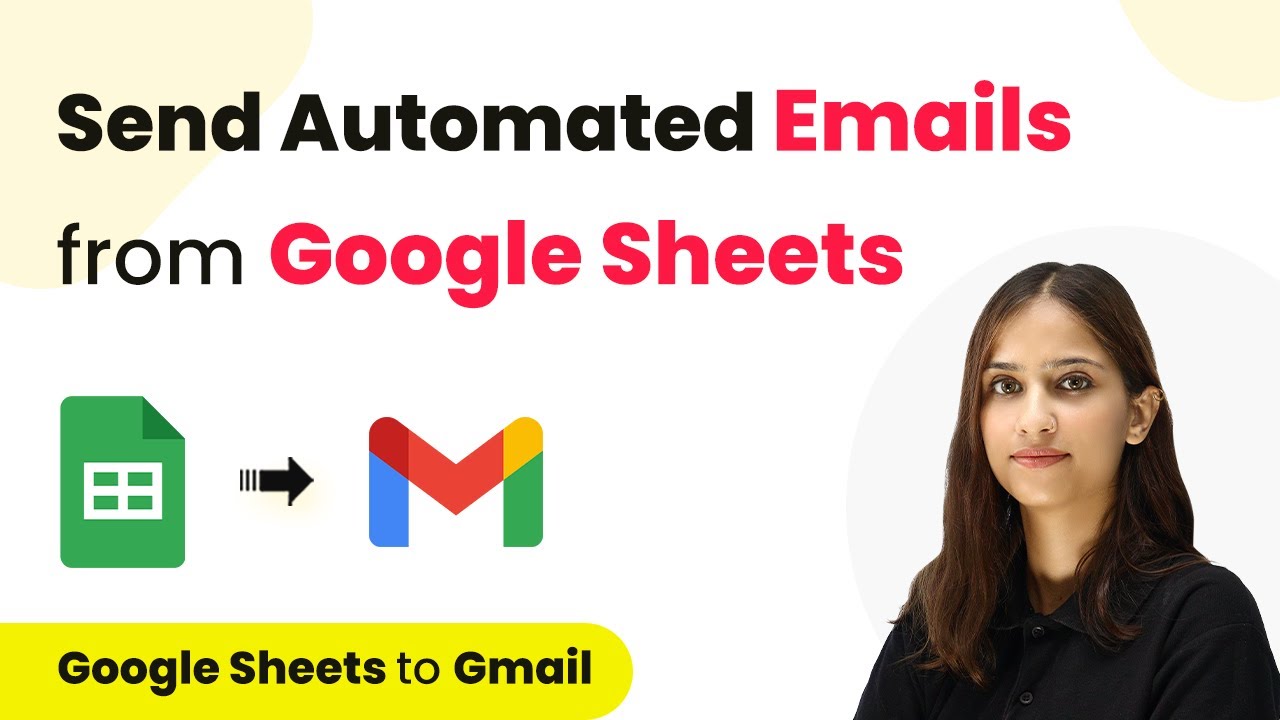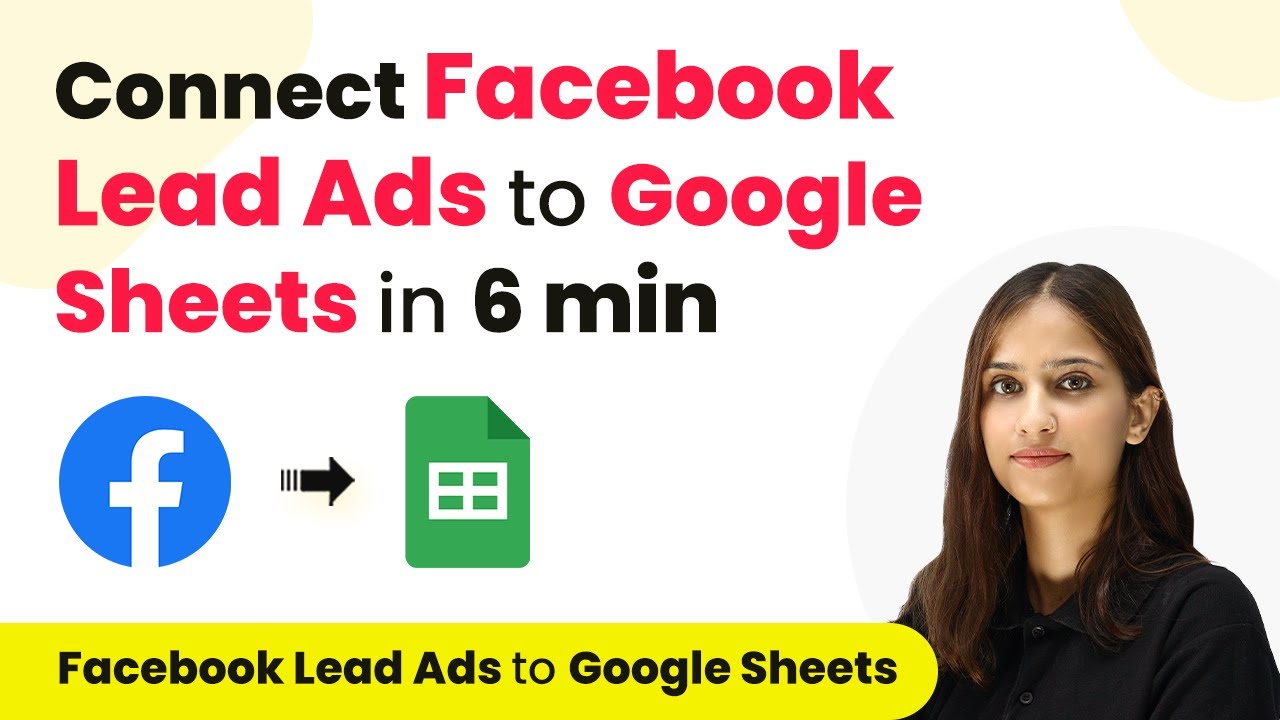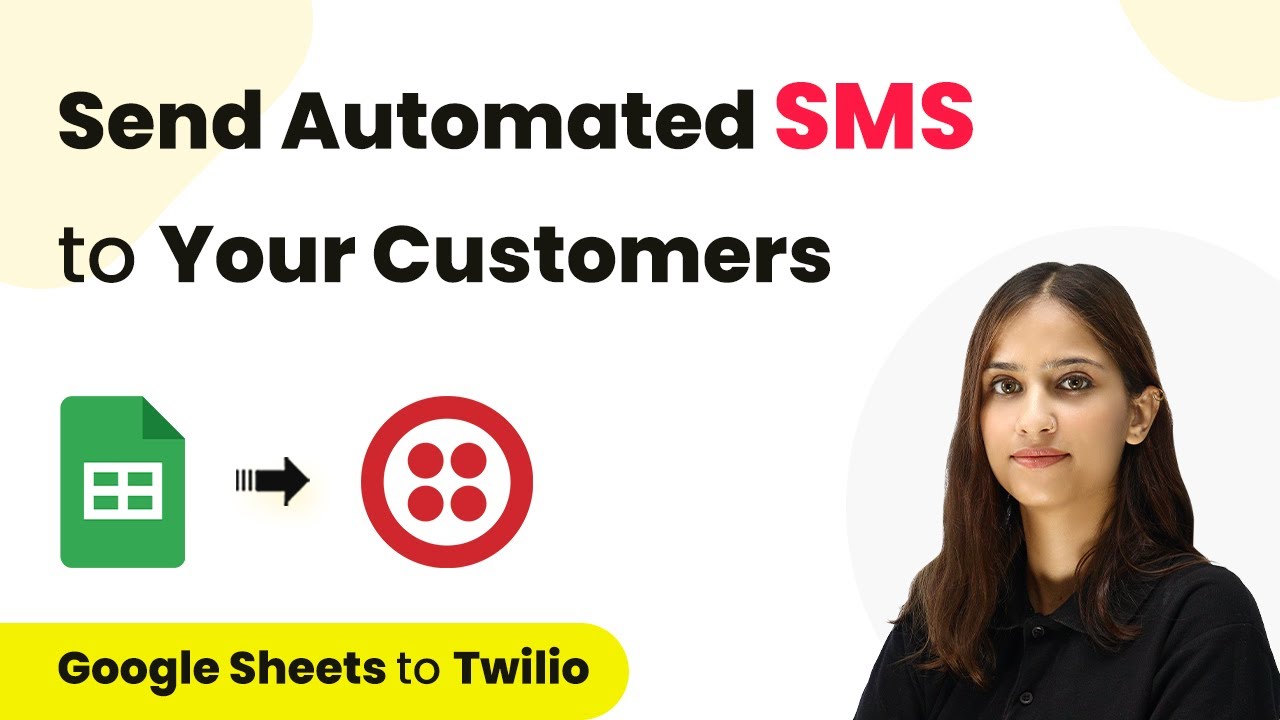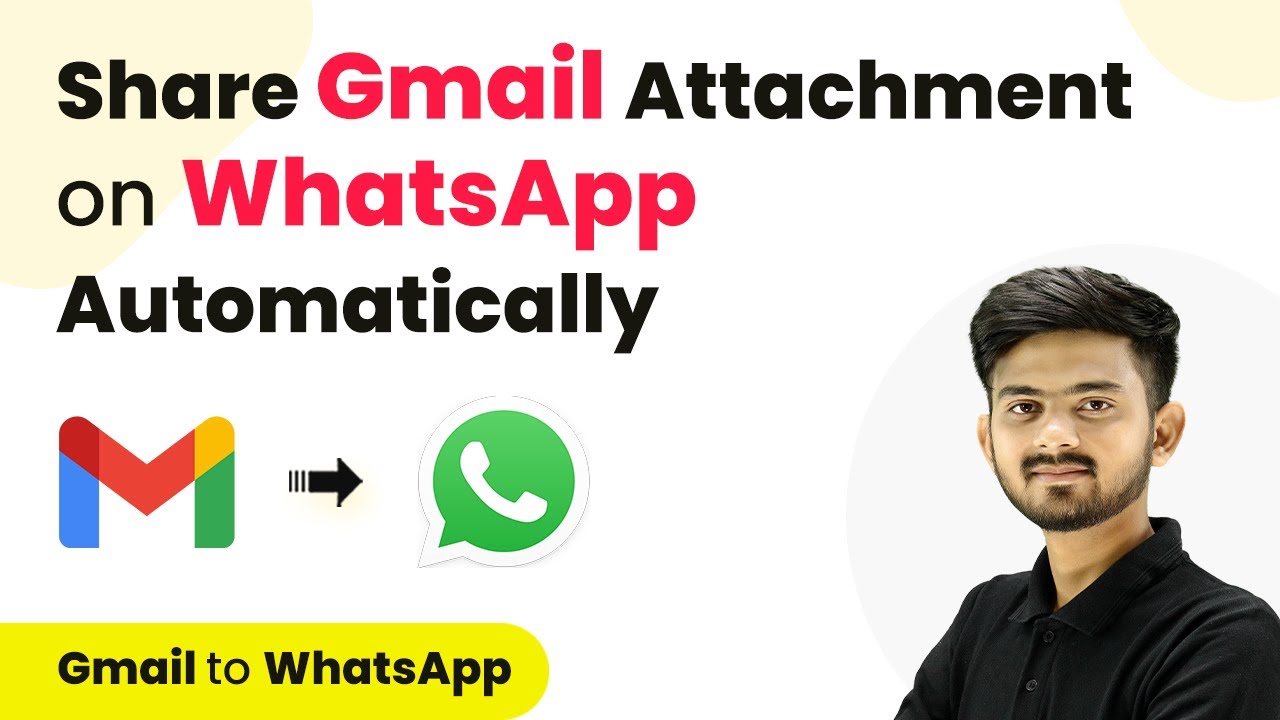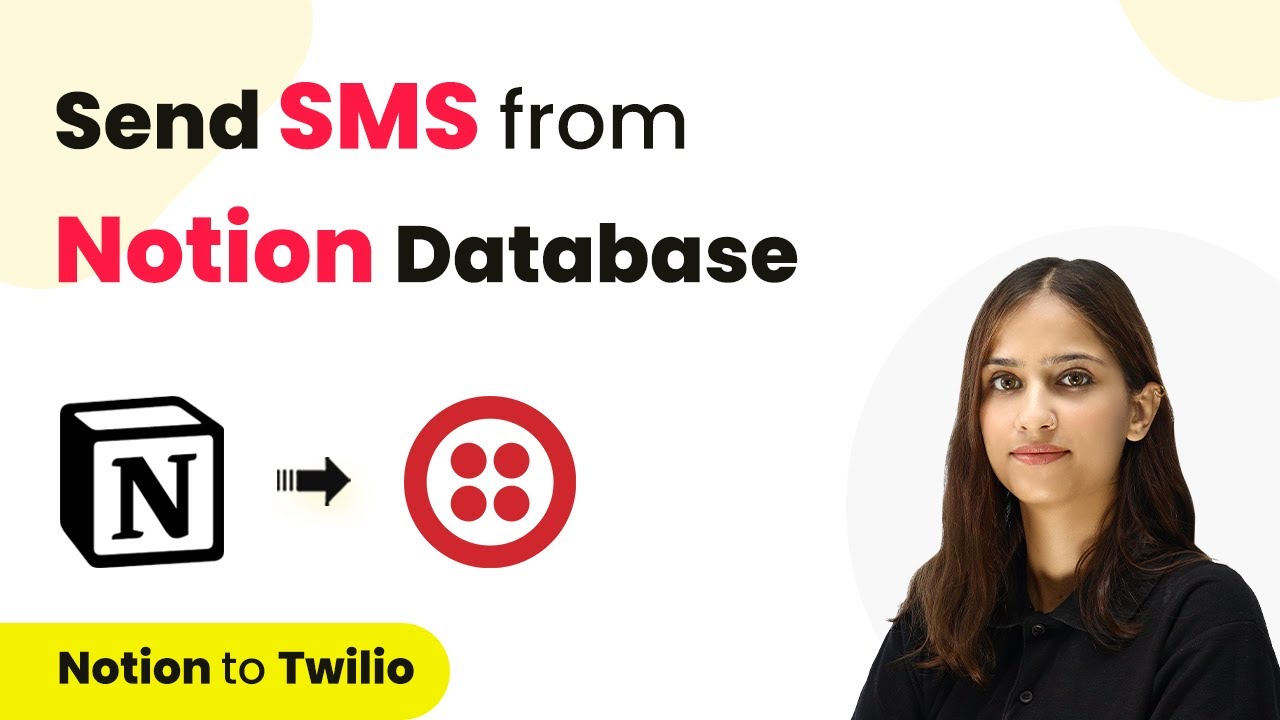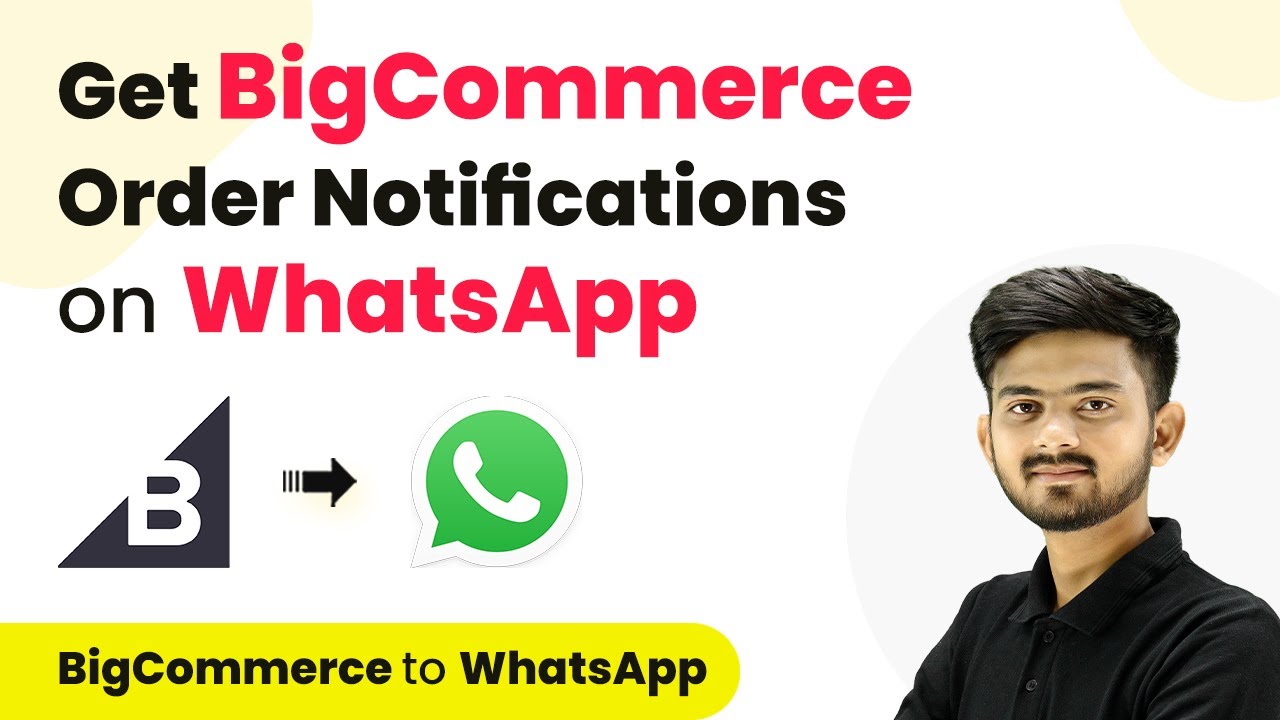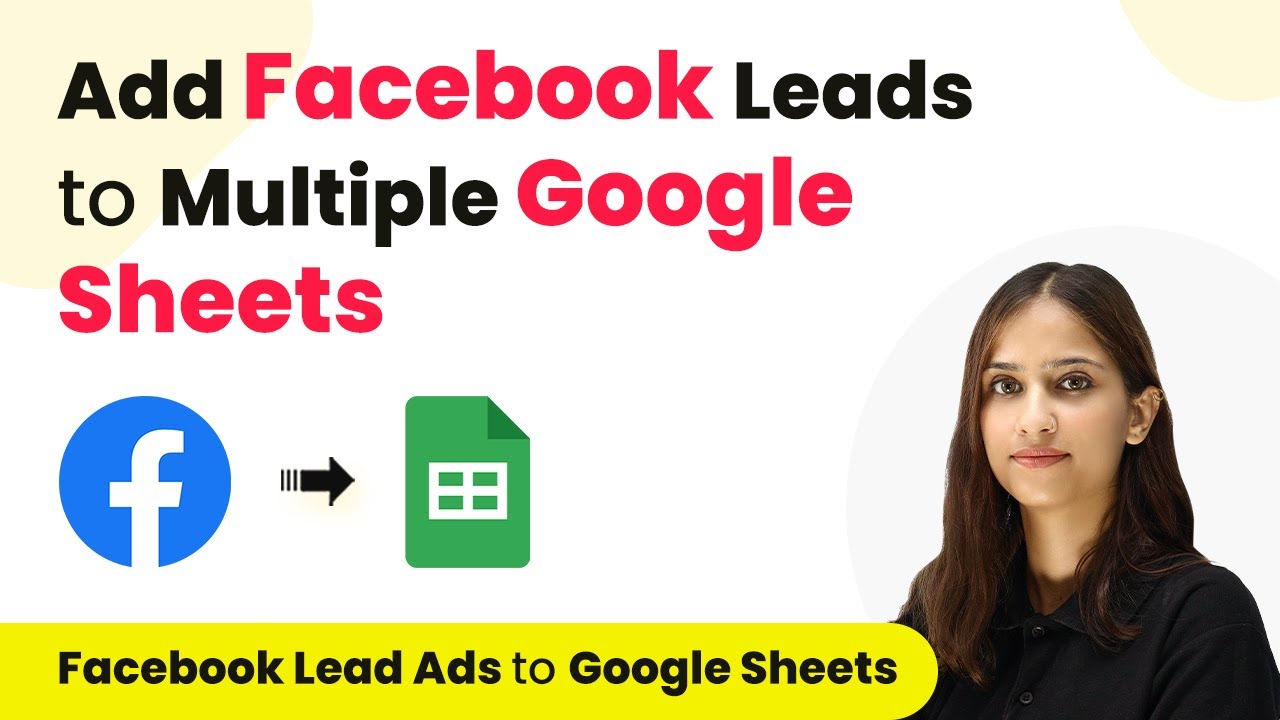Learn how to automatically add GetResponse contacts in Teachable using Pabbly Connect. Follow our detailed step-by-step tutorial for seamless integration. Discover hidden automation capabilities within your existing tools. This guide shows you how to connect your essential applications and permanently eliminate redundant manual processes.
Watch Step By Step Video Tutorial Below
1. Accessing Pabbly Connect for Integration
To automate adding GetResponse contacts in Teachable automatically, you first need to access Pabbly Connect. Start by opening your browser and navigating to the Pabbly website. If you do not have an account, you can sign up for free, which only takes a few minutes.
Once you are on the Pabbly homepage, click on the ‘Access Now’ button under the Pabbly Connect section. This will redirect you to the dashboard where you can manage all your workflows. Here, you can see existing workflows or create new ones.
2. Creating a New Workflow in Pabbly Connect
In this step, you will create a new workflow to connect GetResponse and Teachable through Pabbly Connect. Click on the ‘Create Workflow’ button. A pop-up will appear where you need to name your workflow. Name it something descriptive, like ‘Add GetResponse Contacts in Teachable Automatically’.
- Select a folder to save your workflow.
- Click on ‘Create’ to proceed.
After this, you will see two boxes: Trigger and Action. The Trigger is the event that starts the workflow, and the Action is what happens as a result. Select GetResponse as your Trigger application and proceed to set up the trigger event.
3. Setting Up the Trigger with GetResponse
The next step is to set up the Trigger in Pabbly Connect. Choose GetResponse and select the trigger event as ‘Contact Subscribed’. This event will trigger the workflow whenever a new contact is added to GetResponse.
To connect GetResponse with Pabbly Connect, you will need to use a Webhook URL. Copy the Webhook URL provided in Pabbly Connect and head to your GetResponse account. In GetResponse, navigate to the ‘Tools’ section and select ‘Webhooks’.
- Click on ‘Create Webhook’.
- Name your webhook and paste the Webhook URL.
- Set the event to ‘Contact Subscribed’ and activate the webhook.
After setting the webhook, return to Pabbly Connect, which will now be waiting for a response from GetResponse.
4. Adding a New Contact in GetResponse
To test the trigger, you need to create a new contact in GetResponse. Go back to your GetResponse account and navigate to the ‘Contacts’ section. Click on the ‘Add Contact’ button to begin.
When adding a contact, select the list where you want to save the contact. Enter the email address and name of the contact. For example, use the email ‘[email protected]’ and the name ‘Test User’. Ensure you check the permission box to confirm you can add this contact.
Select the list for the new contact. Fill in the email and name fields. Click on ‘Add Contact’ to save.
Once you add the contact, return to Pabbly Connect, where you will see the new contact details captured in the response.
5. Setting Up the Action in Teachable
Now that the trigger is set, it’s time to set up the action in Teachable using Pabbly Connect. Choose Teachable as your Action application and select the action event ‘Create New User’. You will need to connect your Teachable account with Pabbly Connect.
To connect, you will need your Teachable account email, password, and subdomain. Enter these details into the connection form. To find your subdomain, log in to your Teachable account and navigate to the admin portal where you can copy the subdomain name.
Fill in your email and password for Teachable. Paste the subdomain from your Teachable account. Click ‘Save’ to establish the connection.
After connecting, you will map the details from the GetResponse contact to the new user fields in Teachable. Use the mapping feature to link the email and name from the GetResponse response and set a default password for the new user.
Conclusion
In this tutorial, we demonstrated how to use Pabbly Connect to automate adding GetResponse contacts in Teachable automatically. By following the steps outlined, you can seamlessly integrate these two applications and streamline your user management process. Automating this workflow not only saves time but also ensures accuracy in managing your contacts.
Ensure you check out Pabbly Connect to create business automation workflows and reduce manual tasks. Pabbly Connect currently offer integration with 2,000+ applications.
- Check out Pabbly Connect – Automate your business workflows effortlessly!
- Sign Up Free – Start your journey with ease!
- 10,000+ Video Tutorials – Learn step by step!
- Join Pabbly Facebook Group – Connect with 21,000+ like minded people!
